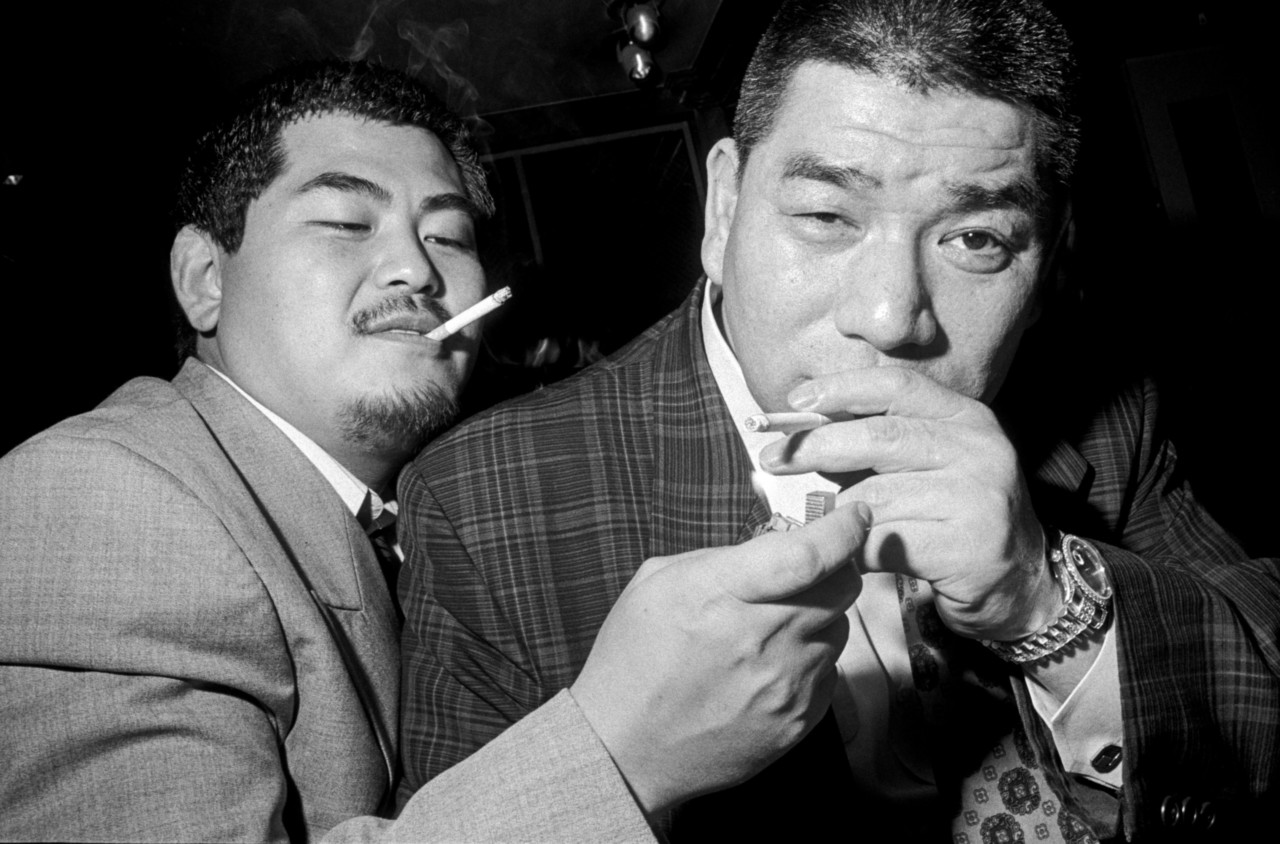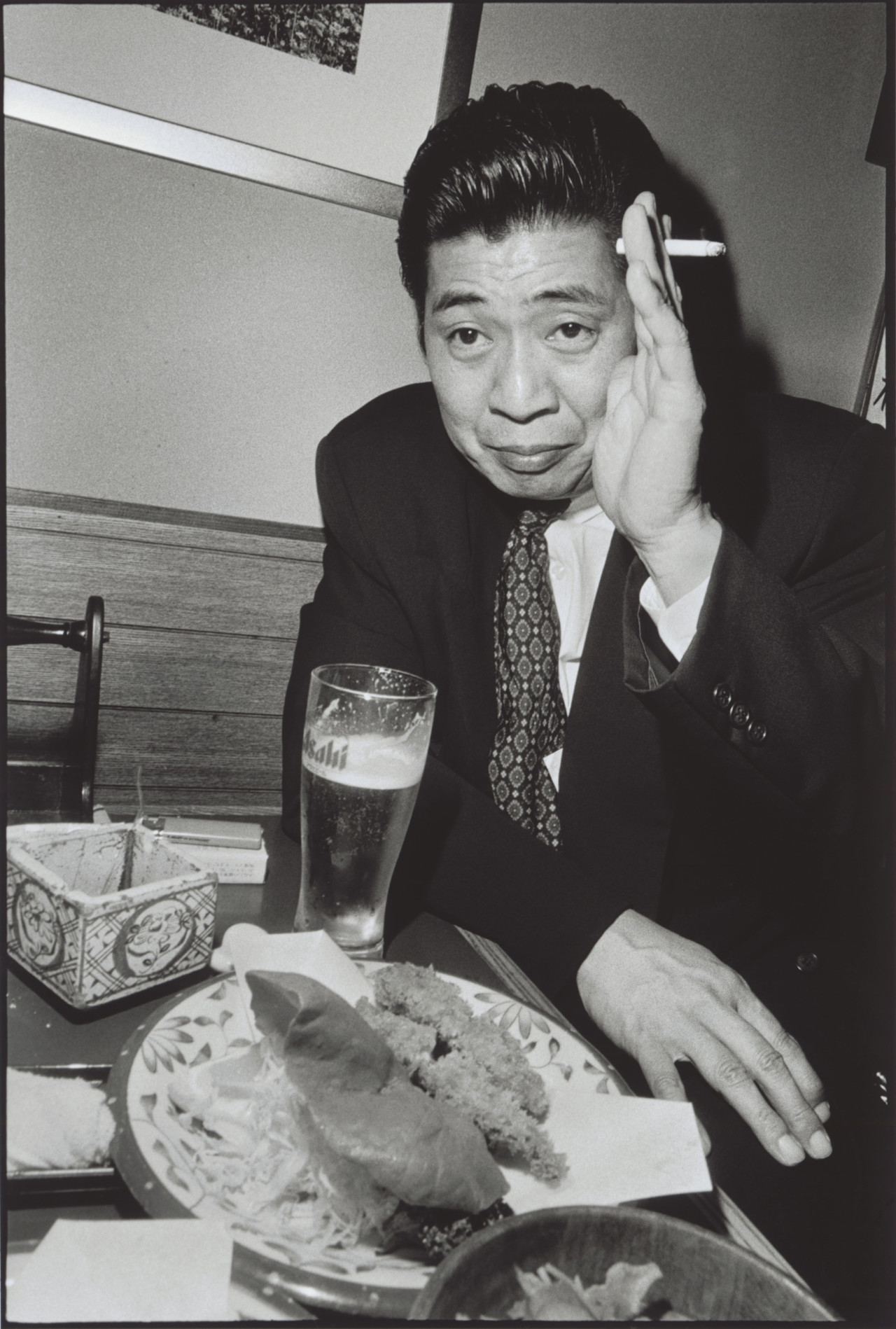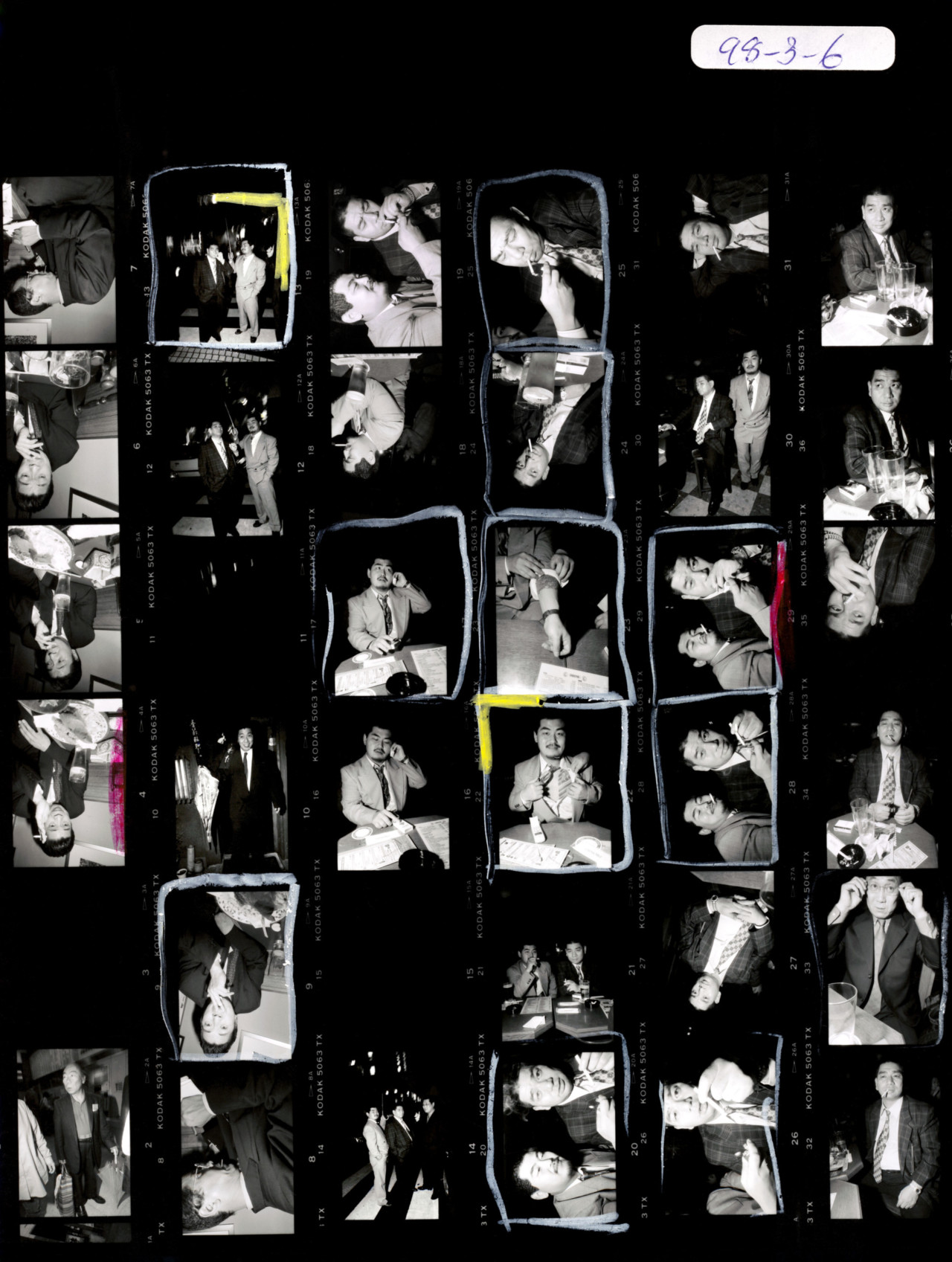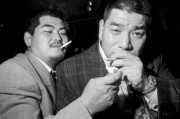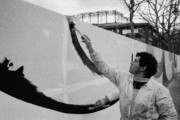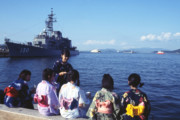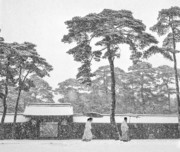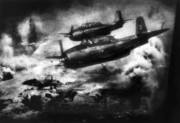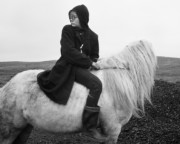Making the Image: Yakuza by Bruce Gilden
The photographer recalls how several alluring visual elements came together to form a picture that "jumped off the page"
Magnum Contact Sheet Prints tell as much of a story as the single image that goes on to become iconic: they reveal the ‘befores’, the ‘afters’, and the ‘almost-theres’, that surround some of the most iconic photographs.
Reproducing the original without alteration, the 16×20″ Magnum Contact Sheets offer a unique insight into the methods by which members have produced some of their best-known images. A print of the ‘Yakuza’ contact sheet by Bruce Gilden, and over 70 others, are available to browse exclusively on the Magnum Photos Shop.
Below, we reproduce Gilden’s reflections on making his recognizable image of two yakuza — or gangsters — during his period working in Japan in 1998. The text was originally included in the book Magnum Contact Sheets.
“Ever since seeing the ‘New Japanese Photography’ show at MoMA in 1974, I had wanted to go to Japan. I figured that if they could do good photographs there, why couldn’t I? Of course, when I got to Tokyo for the first time in 1994, it had changed a lot. I spent ten months photographing in the city, and my work culminated in the 2000 publication of my book, Go.
In 1998, I was in Tokyo on a Japan Foundation grant, working on the dark side of life in the city. Through a journalist friend, I was introduced to some Yakuza, members of the Japanese mafia. An image I took then became one of my favourites from the Japan series. It was taken early on in the evening at a coffee shop in the Ginza area of Tokyo. As we were talking, the gentleman at the rear lit the other yakuza’s cigarette. I like bad guys, and cigarettes are one of my favourite photographic props. So at that moment, right there in front of me, I was offered a great combination of three elements that attract me visually: cigarettes, smoke and underworld characters. The scene looked wonderful, so I asked through my translator if they could do it again, and they agreed. I thanked them and I went on photographing. The lighting of the cigarette lasted at most another minute.
When I look at a contact sheet, I go in order from No. 1 to No. 36. I mark the ones I like and, unless something really jumps off the page at me, I go over them again to see which is the best one. With my personal work, I only print what I think is good. When something jumps off the page, it’s easy. That photograph jumped off the page. It worked, form-wise and emotionally. To me, the photograph says a lot about the hierarchy in Japanese society, with the underling lighting the cigarette of the person above him, and I like the wary eye that the ‘boss’ gives the photographer.”


